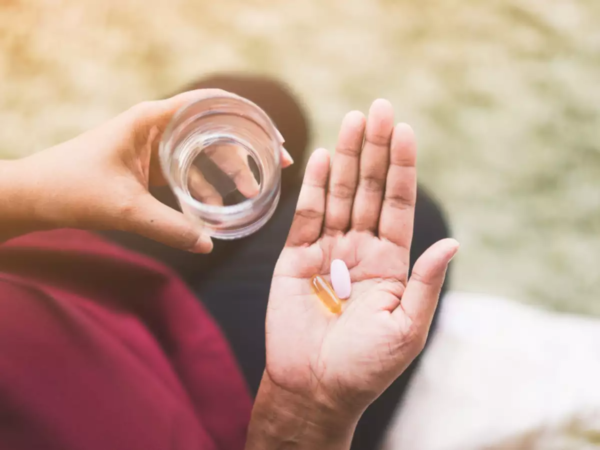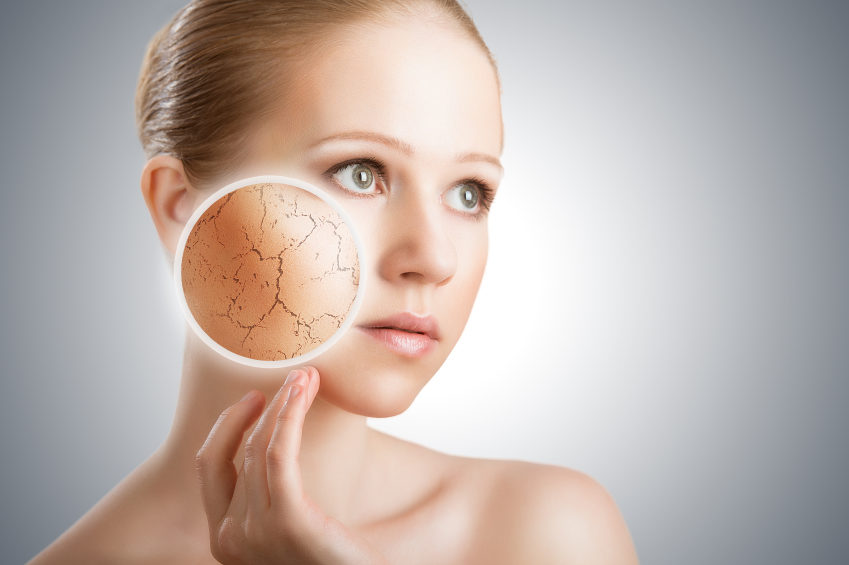In addition to physical pain, psoriasis often causes significant psychological fragility, a decline in self-esteem, complications in social and intimate relationships, loss of opportunities in professional life, etc.; 20% of patients have even contemplated suicide. The weight of the disease is added to the weight of the support. Psoriasis is a non-contagious chronic inflammatory disease. About two million people are affected in Canada, more than six out of ten patients under 30 years. The most common form of the disease, plaque psoriasis, is characterized by the presence of red patches on the body. Another characteristic symptom, an accumulation of small skin called dander. If you have psoriasis, you may be at risk for other serious chronic diseases.
Psoriasis: overview
Psoriasis typically strikes, but not limited, in two moments of life: around 28 years old and in the fifties. This cyclical chronic disease occurs, then disappears for a time longer or shorter, and reappear without warning. The outbreaks last for weeks, months, or even years. It is serious for some, that is to say, it affects almost the entire surface of the skin, and moderate for others, a few plates here and there, often symmetrically on both sides of the body. Redness and dry skin most often appear on the scalp, elbows, in the lower back, and genitals. Sometimes psoriasis also reached the fingernails; in the most severe cases, thickened, yellow, and fall.
Psoriasis is uncomfortable; it is itchy and sometimes painful. “We think that when it does sting, it’s not so severe. But this is wrong. When it stings all the time, it becomes like the torture of the water drop shows the researchers. It is not for nothing that one person with over 10 think suicide. Psoriasis impairs the quality of life by creating low self-esteem, depression, and anxiety. According to the new researchers of Alliance of Psoriasis, the suicide rate is three times higher in people than in the general population.

Psoriasis: causes
What causes this skin disease? It is mysterious, except for some tracks. We know that this is a genetic disease and inflammation that affects one million Canadians. But where does this inflammation? Probably the immune system through T-cells that have aberrant behavior that is not yet understood. Typically, a skin cell sets of 28 to 30 days to form, and then migrate to the surface of the skin. In people, the cells get there in 3-4 days. They are, in addition, redundant, accumulate and form red patches in relief, like scales. Then, because they are immature, they die, wither, and fall. The skin dries, cracks, red, swollen, and itchy.
A flare-up can happen after the skin rubbed or scraped off, due to the hot and humid climate, in the presence of dry air in winter, as a result of stress or tension, after taking certain drugs or following a strep infection of the throat or airways. These are known as precipitating factors. Psoriasis Vulgaris is the most common type of the disease; it forms in drops (raised spots in the form of drops, usually on the torso, arms, and legs), and pustular (pus-filled blisters, usually on the hands and feet). Those are the most common forms, but there are others. There is also psoriatic arthritis, with swelling and pain in the wrists, knees, ankles, fingers, toes, and spine.
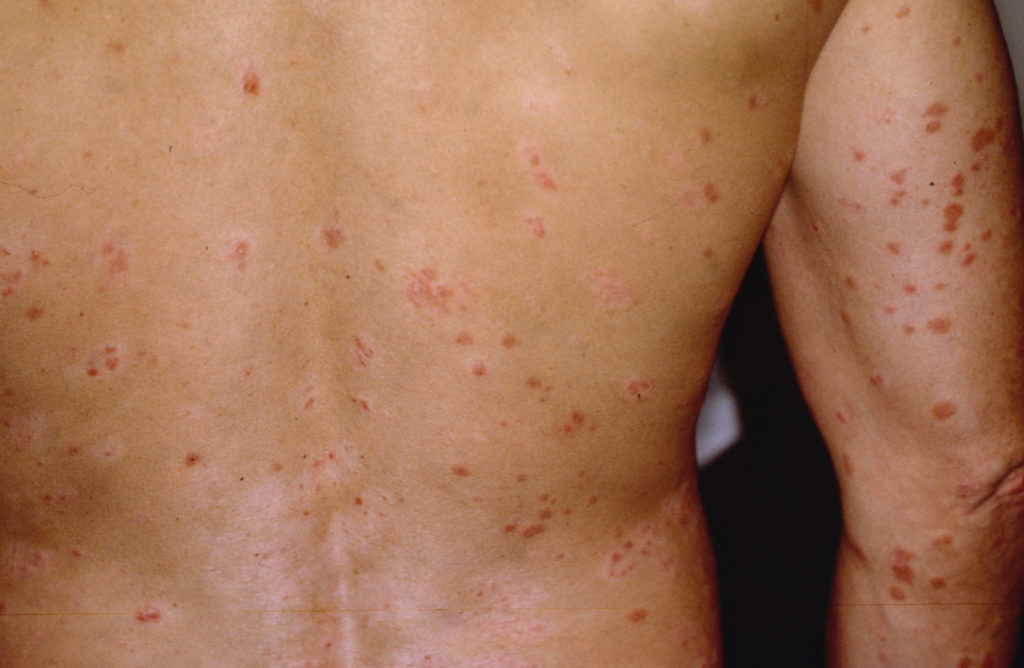
A complex disease
People with psoriasis are more likely to develop other conditions that could be severe, called comorbidities. “It was long thought that psoriasis was a simple skin disease” “Today, we know that inflammation of the skin is only the tip of the iceberg because patients are more at risk of suffering psoriatic arthritis or inflammation of the heart, intestine, liver.”
We have to know the consequences
Other possible concomitant diseases include diabetes, hypertension, liver disease, depression, anxiety, and other autoimmune disorders such as Crohn’s disease. More psoriasis is severe; the risk of developing a concurrent disease is high.
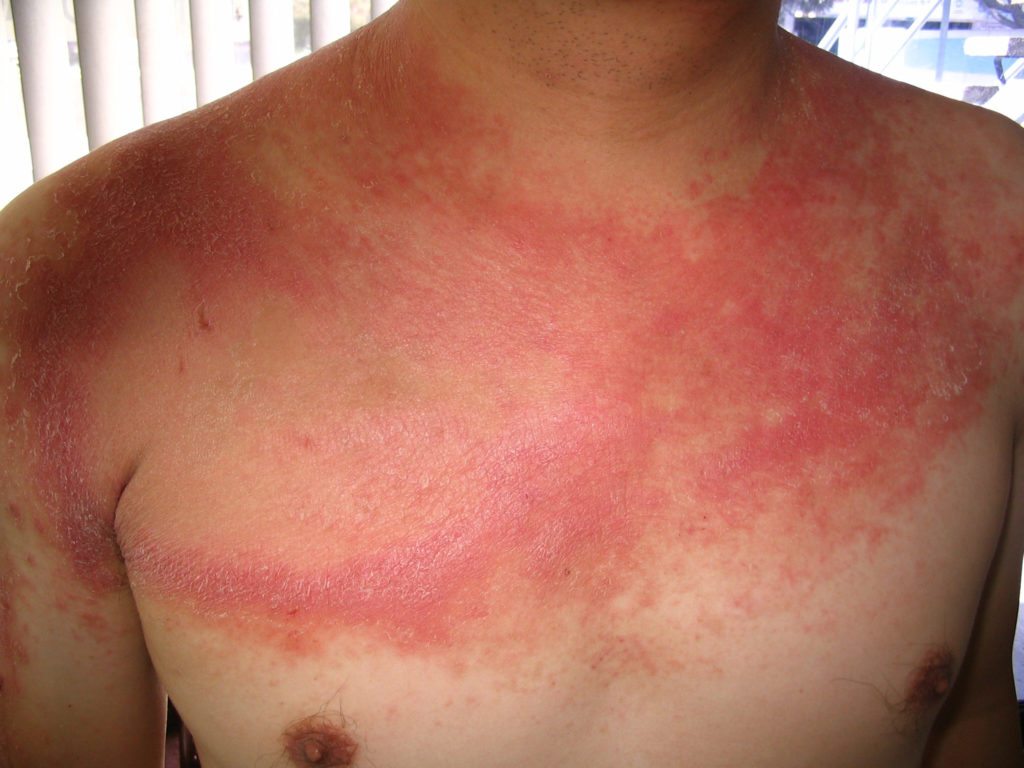
The necessity of focusing on a global therapeutic approach
Psoriasis is not always curable, but there are different types of treatments. We must evaluate carefully, as the management of psoriasis in a holistic therapeutic approach can help reduce the risk of concomitant diseases. “There are several drugs that aim to treat the body as a whole, especially the biological drugs,” referring to prescription drugs when psoriatic inflammation is considerable, and it affects the quality of life. The TNF inhibitors, a type of biological drugs, are used to treat psoriasis and various concomitant diseases like psoriatic arthritis and inflammatory bowel disease. According to the latest studies suggest that TNF inhibitors may decrease the risk of heart disease in people with psoriasis.
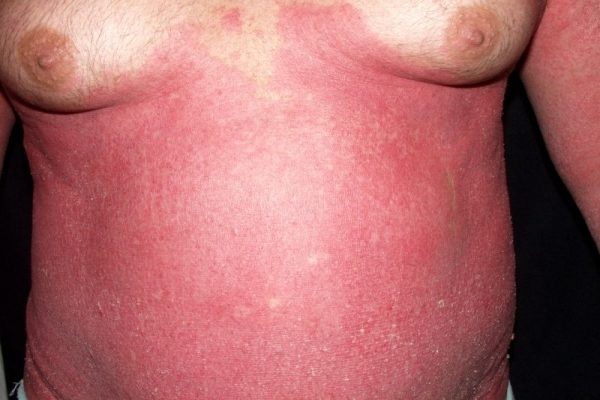
Psoriasis: The skin is renewed
These plates are, in reality, the result of the faster replacement of the layer of the epidermis. Skin cells were renewed in 4 to 5 days instead of the usual 3-4 weeks. The disease particularly affects areas of friction: elbows, knees, scalp, etc. In 30% of cases, patients also have psoriatic arthritis (joint inflammation). To say that this condition will sound on the social life of patients. So when they have psoriasis since the age of 7 years. Today aged 36, they know the fingertips of the burden of disease. “As a teenager, living with patches all over the body, it is extremely painful. Then professionally, it is always very unpleasant to visit customers with patches on the face. Through the eyes of others, we lose trust completely. 3/4 of the patients felt that their disease has a negative trace on their quality of life. “try to consult a person whose appearance may raise questions, it is not apparent, I hated to consider a couple of life.
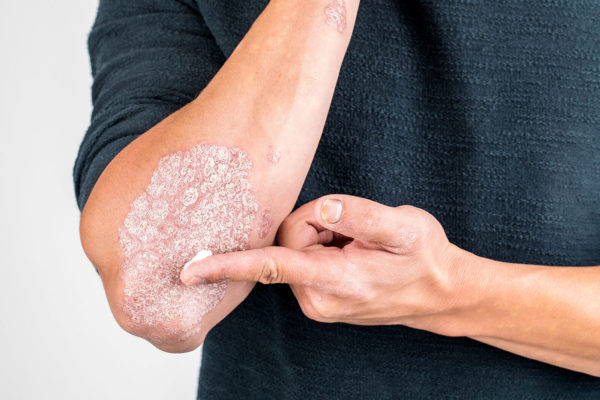
Psoriasis: A heavy and burdensome management
“My treatment is certainly effective, but it is causing, in my case, strong fatigue and, therefore, a very significant loss of energy. Not to mention my weight gain. ” the patient was previously treated with steroid creams. I had to apply twice a day all over the body. It is a fat that sticks to clothing, linens. It is a very demanding treatment that I could not stand, and I stopped several times.
The case of this patient is not isolated. Moreover, according to an international survey of 3,500 patients, nearly 50% of patients consider that the treatments are worse than the disease itself and do not hesitate to interrupt. This probably explains why half of the patients did not consult a health professional in the last 12 months. This illustrates the need for health professionals to take into account the experiences and needs of each patient—essential parameters to provide suitable therapeutic management.

Psoriasis: Treatments
It is not easy to cure, psoriasis. The large Canadian survey revealed that 30% of people are not satisfied with their treatment. As for topical treatments, they contented that 1 in 20. “It is true that with topical treatments, you have to work for 3 to 4 weeks to get from the plates, wrongly, often 45 to 60 minutes a day, Then, after two days of discontinuing treatment, everything returns as before. It’s depressing…”
There are plenty of these creams that are used to slightly sufferers. These are topical corticosteroids, tars medical, derivatives of vitamins D and A, and moisturizers. Except for these, some have side effects thinned and cracked skin with topical corticosteroids, irritation with tar, vitamins D and A.
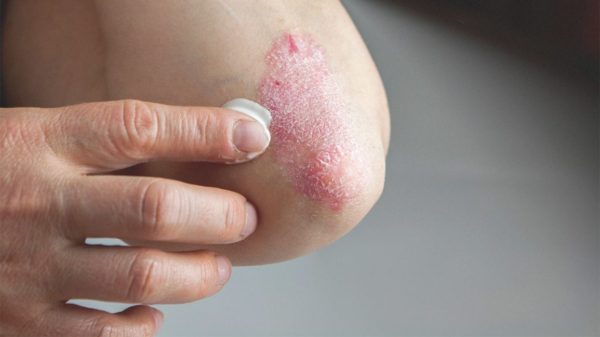
More Follows
For more severe cases, use ultraviolet light that slows and prohibits inflammation and reduces the overproduction of skin cells. These controlled-ray treatments are done in the doctor’s office or clinic for psoriasis, where the use of controlled forms of UVA and UVB rays. Sometimes we combine ray a drug psoralen, which sensitizes the skin to UVA and increases the therapeutic effect. The perverse effect of the rays is that they can burn or encourage the development of skin cancer, accelerated aging of the skin, and cause wrinkling.
When these therapies do not work well enough, it remains systemic treatments (injections or tablets) for the most severe cases. These are methotrexate, cyclosporine, and retinoids. Due to serious side effects, these treatments require the constant supervision of a doctor. Long-term hold, methotrexate can cause liver damage because it leads to renal failure and hypertension, cyclosporin should not be used for more than one year.
